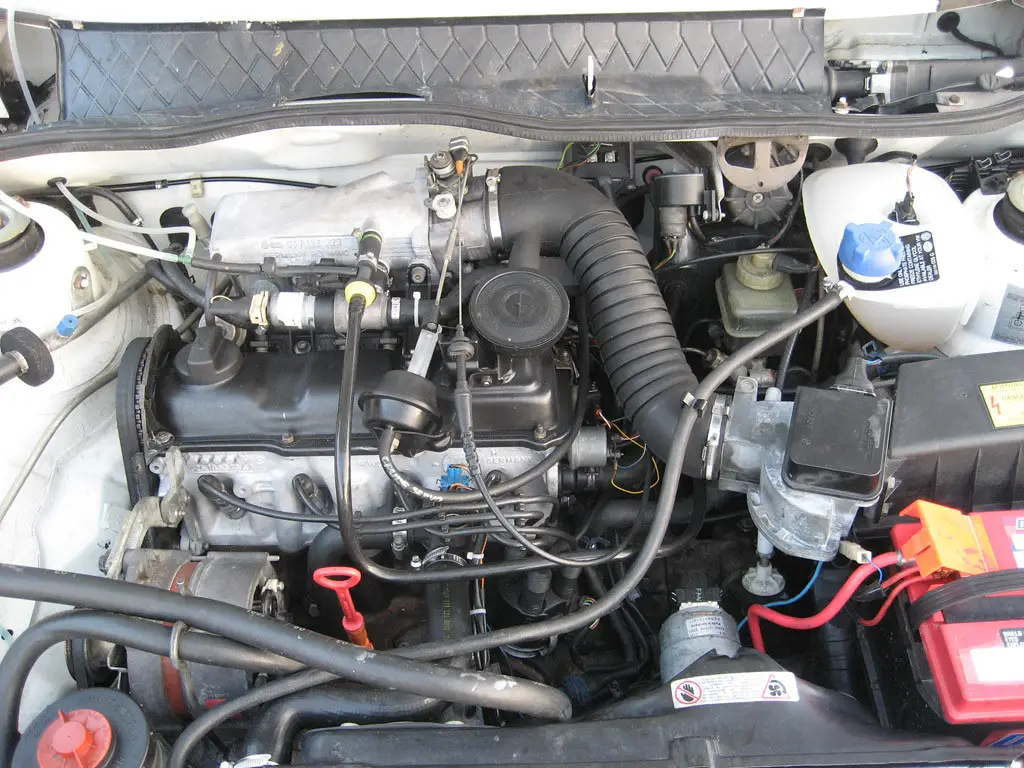For car enthusiasts and novices alike, having a solid grasp of engine troubleshooting is invaluable. Knowing how to identify and address potential issues can save you from costly repairs and ensure your vehicle’s optimal performance. In this guide, we’ll delve into the world of car engine diagnostics, equipping you with the knowledge you need to diagnose and troubleshoot problems effectively.
Decoding the Signs of a Blown Engine
A blown engine is a car owner’s nightmare, signaling major internal damage that demands immediate attention. Recognizing the indicators of a blown engine is crucial for maintaining your vehicle’s health. Here’s what you should watch out for:
Excessive Smoke:
Whether it’s white, black, or blue smoke billowing from your tailpipe, unusual smoke indicates trouble. White smoke may signal coolant or water infiltration, while blue smoke often indicates oil leakage. Any kind of abnormal smoke should raise a red flag.
Starting Struggles:
If your engine refuses to start, it’s a clear sign that something is amiss. Possible causes range from overheating to mechanical breakdowns. Ignoring this symptom could lead to further complications down the road.
Power Loss and Performance Issues:
A sudden drop in power and fuel efficiency is a key indicator of engine problems. This could stem from worn-out components, fuel system irregularities, or, in more severe cases, a blown engine. Regularly monitoring your vehicle’s performance can help you catch issues before they escalate.
Unusual Noises:
Strange sounds, like knocks, rattles, or squeals, coming from the engine compartment are early warning signs. These noises may point to internal damage or loose parts, necessitating a prompt diagnosis.
Fluid Leaks:
Fluid leaks, whether oil, coolant, or transmission fluid, are often signs of engine issues. Leaks can lead to inadequate lubrication and cooling, potentially causing extensive damage.
Check Engine Light:
The dreaded check engine light illuminates for various problems, including engine-related ones. Don’t dismiss it—have a professional mechanic examine your car to identify the root cause.
Taking Action
Recognizing the signs of a blown engine is just the first step. What actions should you take when you spot these red flags?
1. Swift Response:
When any of the aforementioned signs appear, don’t delay seeking professional assistance. Quick action can prevent minor issues from spiraling into major headaches.
2. Consult an Expert:
If you’re not an engine expert, it’s best to consult a professional mechanic. They possess the knowledge and tools to accurately diagnose and rectify engine problems.
3. Prioritize Maintenance:
Regular maintenance routines, such as oil changes, fluid checks, and tune-ups, can significantly reduce the likelihood of engine problems cropping up.
4. Listen to Your Car:
Your vehicle often communicates its well-being through various cues—sounds, odors, and performance changes. Being attuned to these indicators can help you catch problems in their infancy.
5. Stay Informed:
Empower yourself with basic engine know-how. Educating yourself about engine functions and maintenance practices enables you to make informed decisions and provide better care for your car.
In Conclusion
For both car aficionados and beginners, understanding the signs of a blown engine and knowing how to tackle them is paramount. By remaining vigilant and taking swift action when issues arise, you can safeguard your vehicle’s longevity and reliability. Consistent maintenance and a proactive approach to troubleshooting will ensure your car runs smoothly for many miles ahead.

